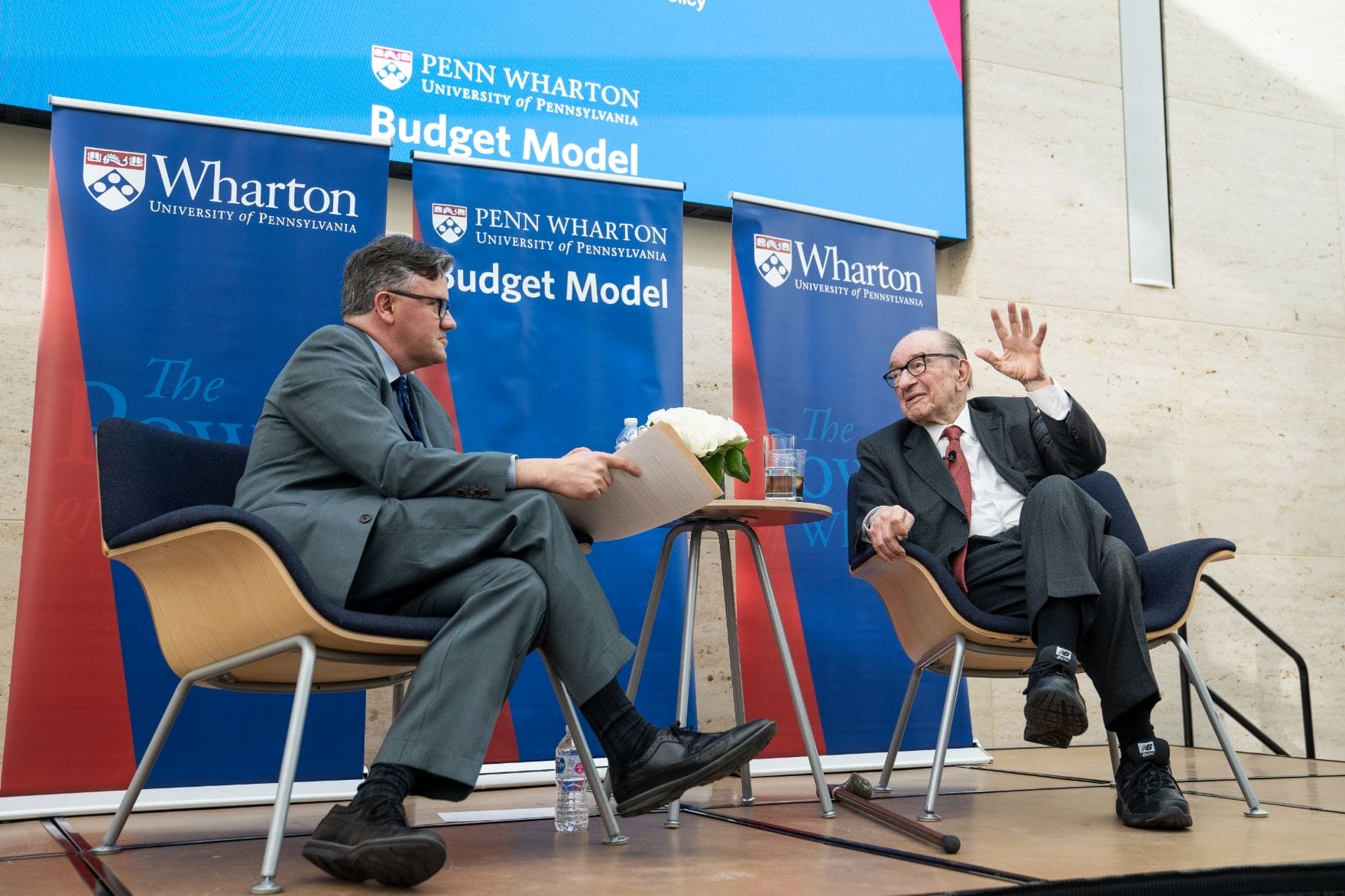Want to be let in on a little Congressional secret? Politicians often write legislation without any clue how much their proposals will cost or how they’ll impact the economy. They are “literally writing blindly,” says Kent Smetters, Wharton Boettner Professor and professor of business economics and public policy. The typical legislation assembly line goes like this: Write a bill; lobby for said bill so it gets into a committee; get a “score” from the Congressional Budget Office that tells you the bill’s impact on the federal deficit over the next decade.
The problem is that by the time you get to the CBO, you’ve already lobbied so much to get a score in the first place that if you learn your proposal is worse for the budget than expected, well, it’s often too late to change it, lest you start the whole process anew. What’s more, the CBO’s 10-year scope is an arbitrary cutoff that makes plenty of long-term investments look bad. A proposal like universal pre-kindergarten, Smetters explains, looks pricey in the first decade only because those better-educated future taxpayers aren’t hitting the workforce right away.
If this doesn’t sound like a good system to you, Smetters didn’t think so, either. That’s why he formed the Penn Wharton Budget Model in 2016, to “bring academic-level research into actual policy decisions” and provide better clarity to policymakers during the drafting process. To do this requires a massive modeling operation that chews up so much data, it’s run across thousands of computer processors. In highly simplistic terms, Smetters and his team use Census data to create a representative picture of the economy, with somewhere between 500,000 to a million households, investors, and firms. Then, through their model, they see how the proposed bill will affect everyone’s behavior and, in turn, the economy. (The CBO, on the other hand, uses a “top-down” approach, arriving at its estimates using aggregate data like GDP and government spending.) Eventually, the model spits out an impact figure that then ends up as a report on the PWBM website. Smetters and his team of 30 work with legislators (he’s sworn to secrecy on specific names) during the bill-writing process to help them understand what they’re actually proposing. Recently, that’s meant legislation regarding Social Security, child tax credits, and pre-K.
Smetters did a stint in the George W. Bush administration, but he says he prides himself on being non-partisan, which is to say he’s accustomed to making enemies. The Trump administration was furious when PWBM said its tax-cut bill would cost $500 billion more than the CBO said. (It eventually revised its numbers to accord with the Wharton estimate.) More recently, a write-up in Politico quoted an unnamed source saying that Biden chief of staff Ron Klain thought the model was “conservative” and “right-wing” in its estimates on Biden’s $1.75 trillion Build Back Better legislation.
Smetters wouldn’t have it any other way: “That just means we’re doing our job.”
Published as “Speaking Truth to Policymakers” in the Spring/Summer 2022 issue of Wharton Magazine.


























